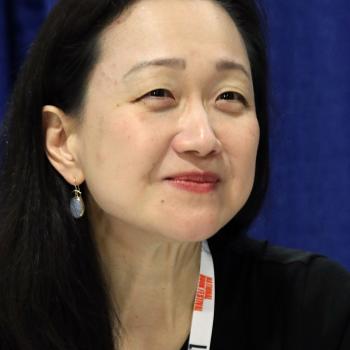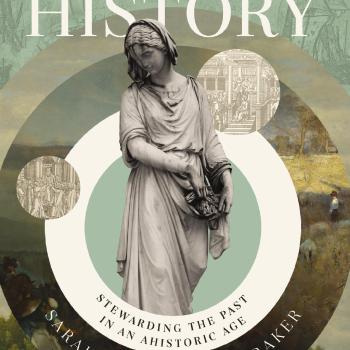How could a Washington Post article discussing President Obama’s campaign beer-drinking not mention the LDS Word of Wisdom? Obviously, Romney’s faith — as well as his wealth — dooms any attempt to convince voters he is an “everyman.”
Obama as everyman? If drinking beer at state fairs and small-town diners is all that matters, I suppose he has a strong edge there. Biden sometimes talks as if he’s already had a few. Ryan usually talks as if he needs one. There’s not exactly a Bill Clinton among this bunch anywhere.
Off topic.
I’m several weeks away from the launch of my biography of Brigham Young (who, for most of his post-conversion life, wasn’t opposed to a drink, pinch of tobacco, or cup of tea). The New Yorker recently declared the book “a definitive biography of Mormonism’s greatest activist and apostle.” It’s available for pre-order on amazon and elsewhere.
Buy copies as Labor Day gifts for your loved ones and merely tolerated ones. I’ve also been telling all my friends, family, and folks I meet on the street to ask their university and public libraries to purchase copies.
As a thinly veiled (not veiled at all, really) attempt at self-promotion, my next few posts will revolve around Brigham Young and recent scholarly interest in things LDS. With the greatest possible academic self-indulgence, I thought I’d begin by discussing my own shift to nineteenth-century Mormonism.
By the time I’d spent several years writing a dissertation and book on Campus Crusade for Christ, I was tired of studying post-WWII evangelicalism in the United States. I grew up with one foot (or at least a few toes) in the evangelical subculture: Young Life in high school, InterVarsity in college, etc. In a sense, I wrote about Campus Crusade to better understand my own religious heritage.
Studying my own roots was satisfying, but I didn’t want to continue to do so. Research and writing are opportunities to learn, and one learns the most – or, at least I enjoy learning – by traversing more foreign ground.
Mormonism had long had some interest for me. For starters, I grew up outside Rochester, NY, about a forty-five minute drive from Palmyra. Until recently, however, I didn’t know a single member of the church in my hometown.
Studying the history of American religion at Notre Dame kindled my interest in Mormonism. For starters, several of my Notre Dame classmates – Patrick Mason, Matt Grow, and Mike DeGruccio – were LDS. They became good friends, and I was intrigued about their faith and their church. I also think it’s impossible to study American religious history without being somewhat curious about the Mormons. Not a lot of religious groups had a new Bible, a martyred prophet, practiced polygamy, trudged across the country as religious refugees, and nearly fought a war against the U.S. Army. Prophets, persecution, polygamy. A pretty good story.
Pageants, too. I persuaded my wife to attend the Hill Cumorah Pageant with me a week or two after our honeymoon. We stayed married. Seriously, I recently got a behind-the-scenes look at this year’s pageant before it opened, and if I were LDS I would definitely apply to participate. If you’ve spent much time in Provo, it’s a strange sight to see so many Mormon men with beards. Of course, male Latter-day Saints had outstanding facial hair in the later-nineteenth century.
Back to the story. I decided to write something about Mormonism for my second book. Initially, I thought it would be about Latter-day Saints and political conservatism in the United States since 1945. Would have been timely, I imagine.
Scholars of Mormonism often complain that too few historians focus on developments in the twentieth century. They are absolutely correct, but oh well. When I began reading books on the history of Mormonism, I was immediately drawn back into the nineteenth century.
I quickly considered Brigham Young as an object for study. Young is a figure of obvious importance not only to the history of American religion, but also to the history of both American politics and westward expansion. The last scholarly biographies of Young appeared around twenty-five years ago, and more recent scholarship and more readily available primary sources made a fresh biography an appealing project.
I got more than I bargained for from Brigham Young. With Campus Crusade, I had to rely heavily on oral interviews because I didn’t have access to very many archival materials. I overcompensated. With Brigham Young, I had enough material to last a lifetime and fill a very, very long book. The finished product leaves a lot on the cutting-room floor. It’s a good thing no one was paying me by the word.












